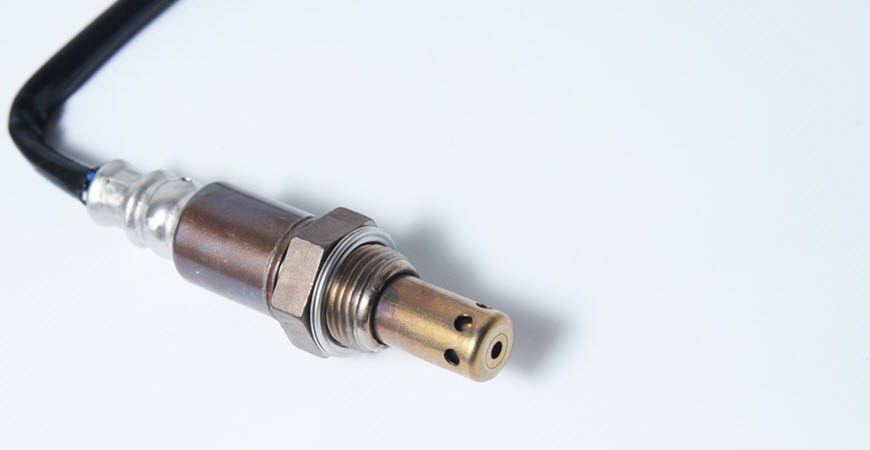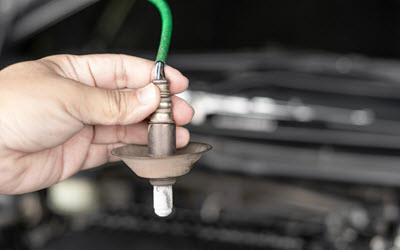- January 25, 2022
- By Cerebro Marketing
- In Audi Repair
- Tags Audi O2 Sensor, Audi O2 Sensor Failure, Audi O2 Sensor Failure Fix, Audi Oxygen Sensor
- 573
- 0

Audi is a German automobile manufacturer that was founded by August Horch and is headquartered in Germany. Audi is known for the exceptional quality, performance, and features it brings to each model manufactured. While this specific brand is built to withstand the test of time, they are not immune to part failure from normal wear. One of the parts subject to failure or malfunction is the oxygen sensor, but is it safe to continue driving an Audi with a failing oxygen sensor?
An O2 sensor, also known as an oxygen sensor, is located within the exhaust system of an Audi. It is responsible for monitoring and measuring how much oxygen is left in the exhaust after the fuel has been burned through combustion.
The oxygen sensor plays a vital role in ensuring an Audi’s combustion process is conducted as efficiently as possible. When the oxygen is at an improper level, the O2 sensor sends a signal to the electronic computer module that there is a problem with the air/fuel mixture. The electronic computer module automatically makes the needed adjustment to produce a proper air/fuel ratio and the oxygen sensor goes back to doing its job of monitoring the levels and signaling the ECM when needed.
Audi’s oxygen sensor is responsible for making sure fuel is properly burned and lowers the risk of harmful emissions being released through the exhaust. When an O2 sensor is functioning properly, the engine is able to perform optimally.
A malfunctioning oxygen sensor can wreak havoc on several other parts of your Audi including the catalytic converter.
If your vehicle starts when you turn the key, and continues running, you can drive it — but the real question is, is it safe?
When the oxygen sensor begins failing, your vehicle will become more sluggish, provide a rough driving experience compared to the normal smooth drive, and may even produce engine stalling.
A faulty O2 sensor causes your Audi to go into “limp mode”. This mode is designed to preserve your engine as best as it can, but in doing so it produces an overly rich air/fuel mixture. The excess fuel produced during the combustion process has to go somewhere — usually into the cylinders left to be burned off in the catalytic converter. Too much fuel in the air/fuel ratio can lead to the catalytic converter becoming clogged and/or experiencing premature damage, therefore it is not recommended to continue driving your Audi with a failing or faulty oxygen sensor.
An air/fuel mixture that is too rich leads to an excess in heat production that shortens the lifespan of the catalytic converter. When the fuel inside the catalytic converter is too hot, the inner chemicals (such as platinum and palladium) melt, increasing the risk of the catalytic converter becoming completely clogged with contaminants.
Paladin Automotive is Las Vegas’s European automotive expert. Our team of experts has helped the drivers of Las Vegas, Spring Valley, and Summerlin, NV.
We service top brands including:
Our highly trained staff focuses on the  above-mentioned brands in an effort to stay up to date on the latest factory recommendations from each manufacturer to provide our customers with the absolute best work available.
above-mentioned brands in an effort to stay up to date on the latest factory recommendations from each manufacturer to provide our customers with the absolute best work available.
At Paladin Automotive, our expert technicians use factory-grade tools and equipment to provide brake repair, belts & hoses maintenance, check engine light maintenance, factory required services, full service oil change, and tire & wheel services.
We strive to provide exceptional customer service and a custom experience tailored to the needs of each individual customer.


